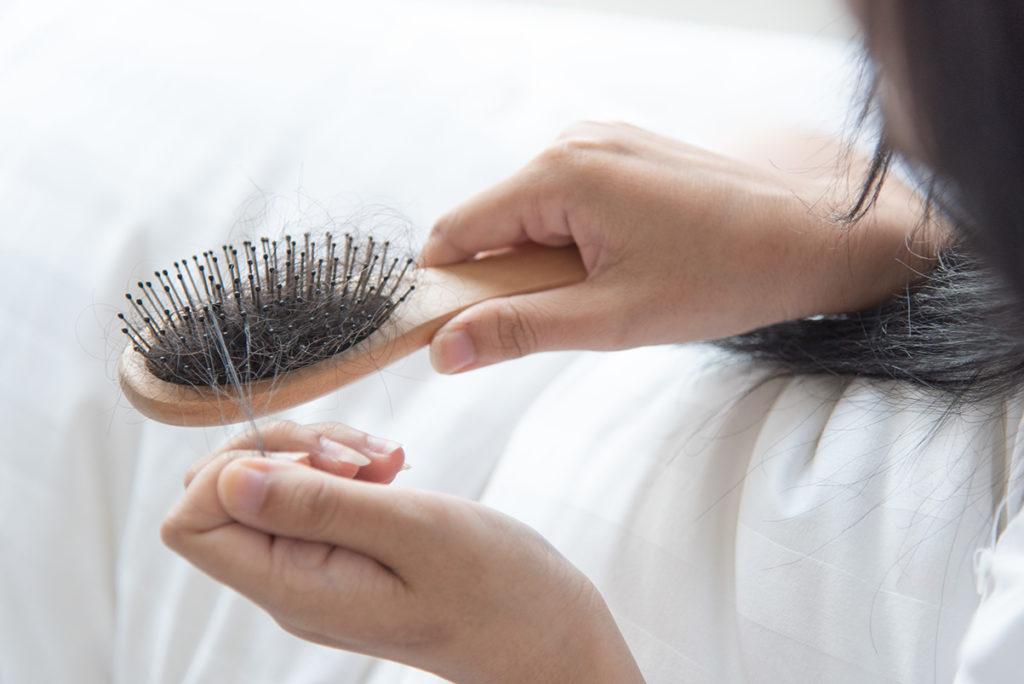
Chemotherapy and Hair Loss
14th February 2020
For many people who are faced with the tough prospect of going through chemotherapy, one of their greatest concerns is losing their hair. Hair loss and chemotherapy can be traumatising for cancer patients. Hair loss is such a visible sign of their illness and a constant reminder of what they are going through.
Not everyone who is going through chemotherapy will experience hair loss – it depends on a few factors, such as the type of chemotherapy drugs, the intensity of the treatments and how your body reacts. It occurs because chemotherapy drugs target rapidly dividing cells, but can’t differentiate between healthy cells and cancer cells. Hair follicles are some of the fastest-growing cells in the body, so when chemo starts to work against the cancer cells, the hair cells can be destroyed too.
For those who do lose their hair through chemo, it typically starts around two or three weeks after the first session. The first signs tend to be noticing hair on your pillow in the morning and seeing more coming out when washing or brushing it. Some people who lose their hair will only notice a bit of thinning, but for others, it can fall out very quickly in just a matter of days, which can be devastating.
Many people cut their hair short ahead of their treatment, as losing smaller clumps of hair can feel slightly more manageable than longer locks, and short hair makes it easier to disguise shedding. Others prefer to shave their heads completely to give them more control – it’s completely a matter of preference, but it’s important to treat your hair gently during this time. Use a mild shampoo, a soft hairbrush and avoid hot styling tools as much as possible.
Unfortunately, there are no ways to guarantee that you won’t lose your hair as a result of chemotherapy. Cold caps – also known as scalp cooling – can reduce the amount of hair loss for some people. It lowers the temperature of the scalp to reduce the amount of blood flowing to it, which in turn reduces the amount of drug reaching the hair follicles. They are worn before, during and after treatment, but some people find them uncomfortable and they can cause headaches.
Thankfully, for the majority of people, their hair does grow back after their treatment has finished – although it can grow back a different colour and texture, which can be quite a surprise! People may also find it takes some time for it to regrow. If hair loss does persist, there are options out there if it’s causing distress – we’re happy to discuss your situation to find out how we can help.


